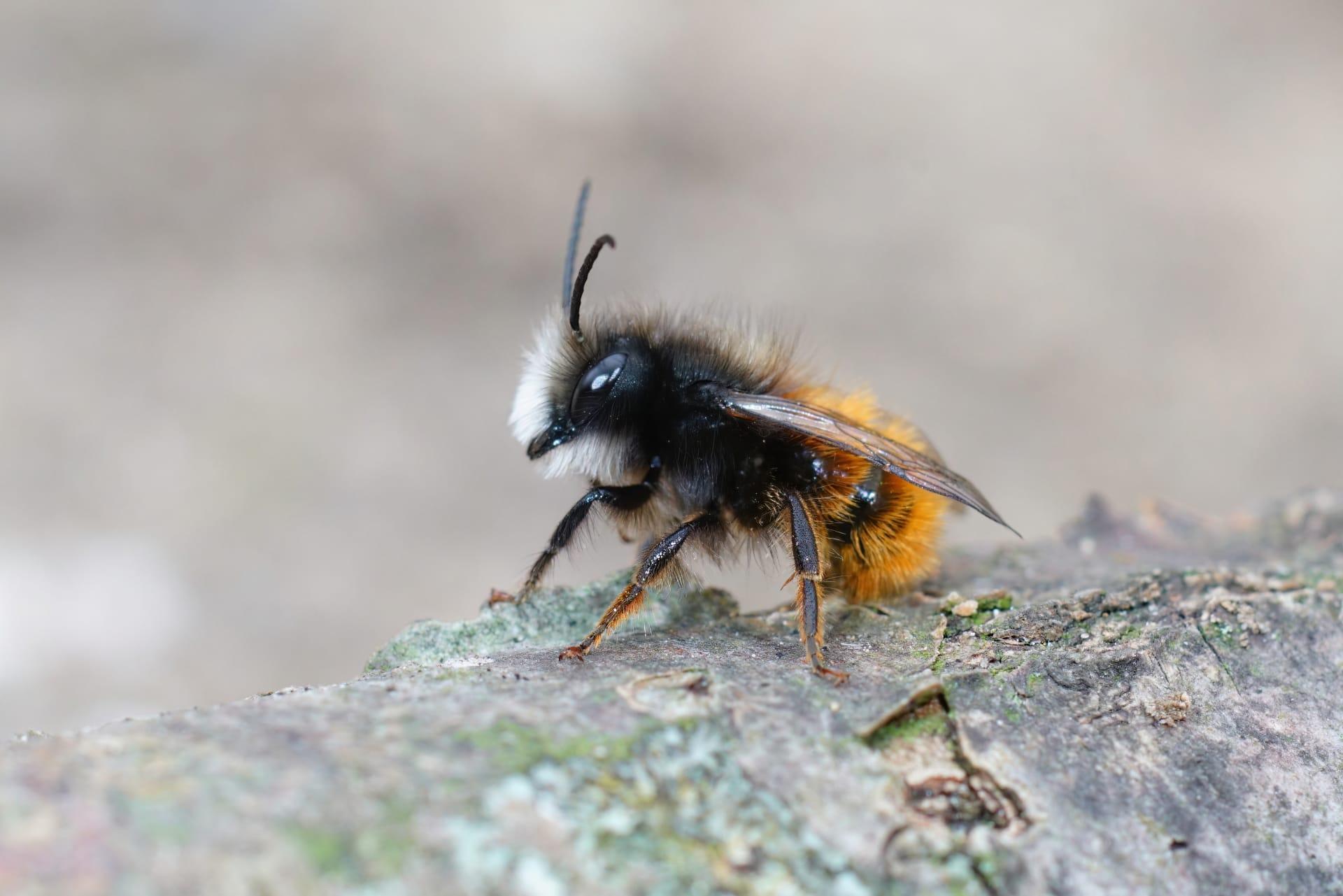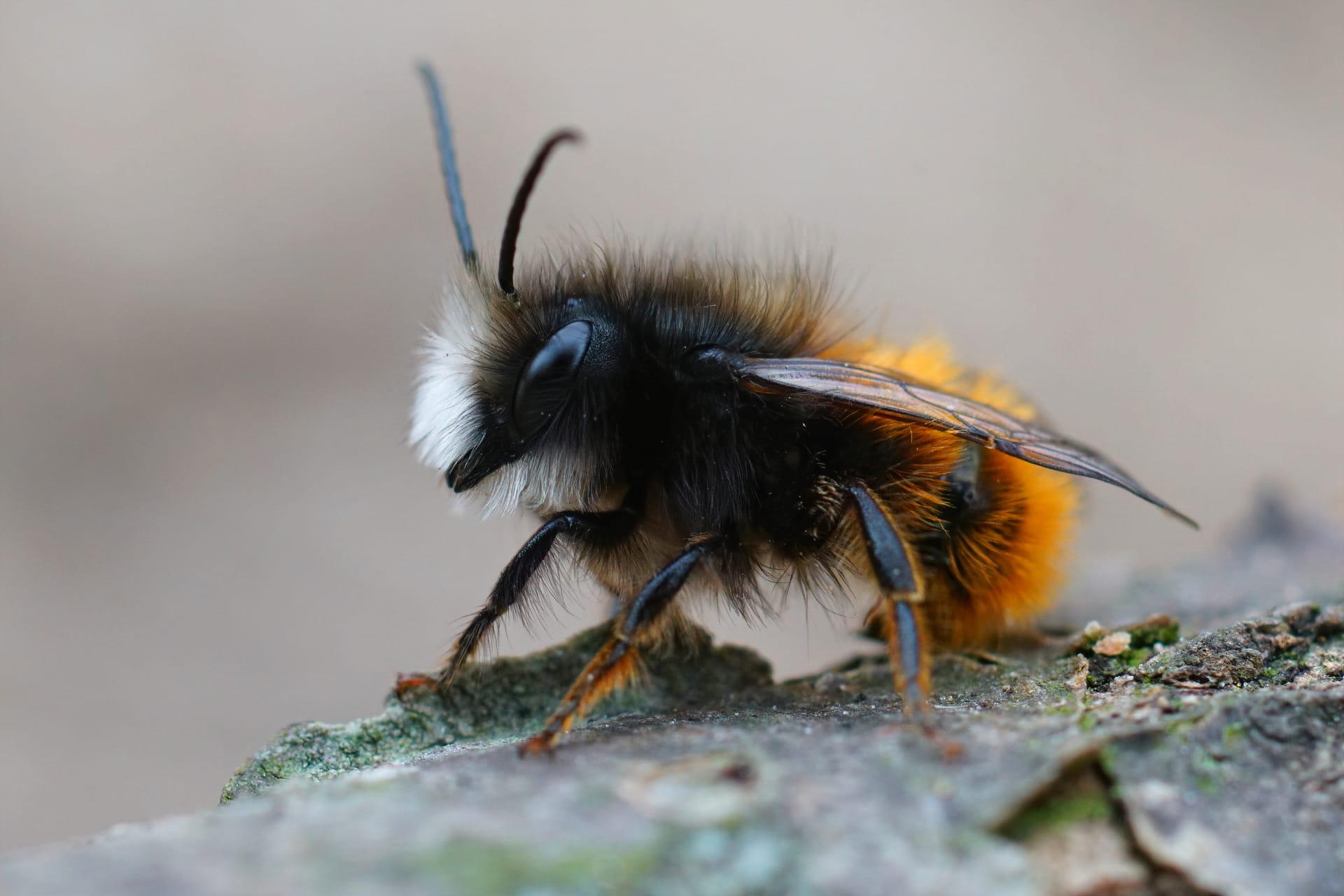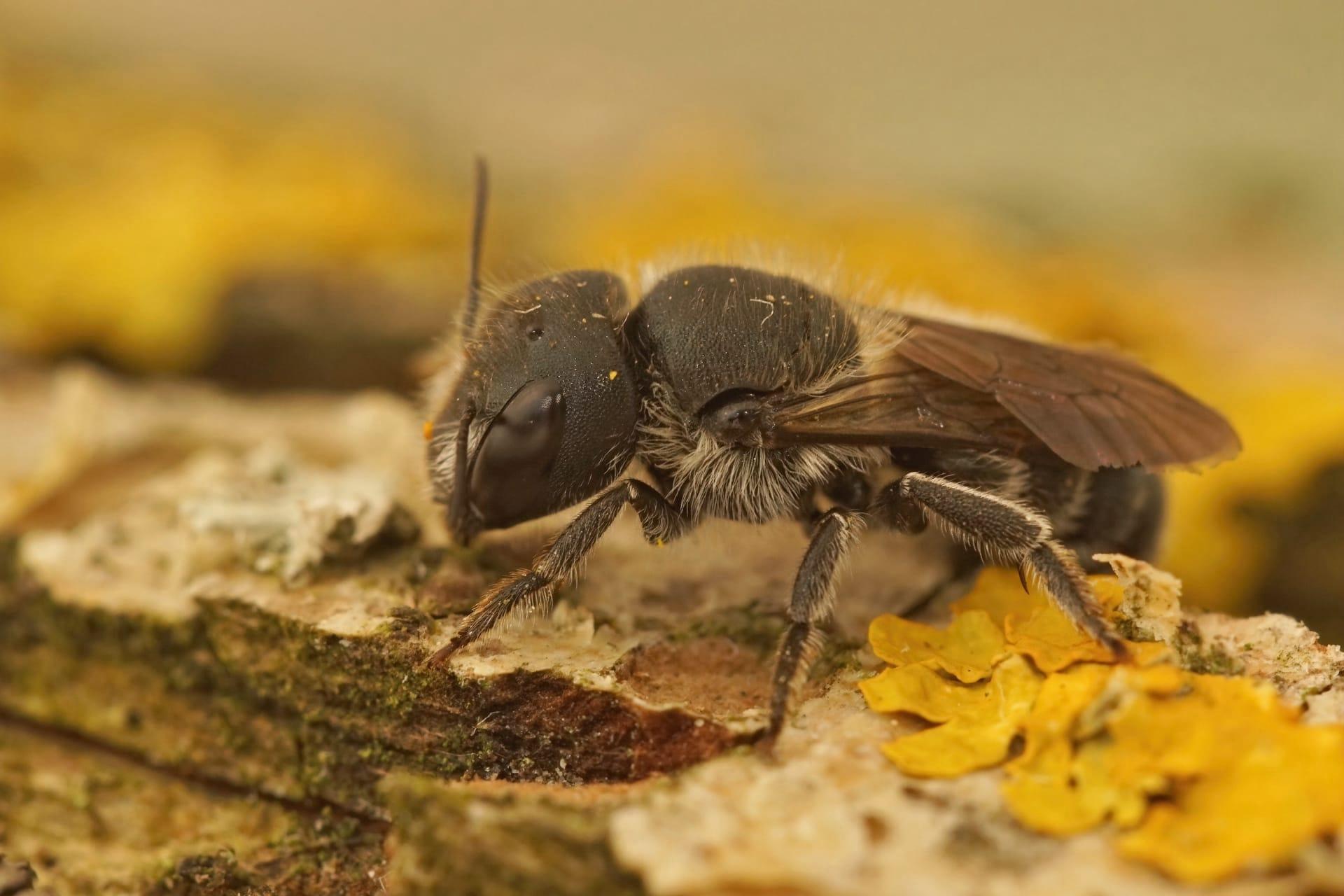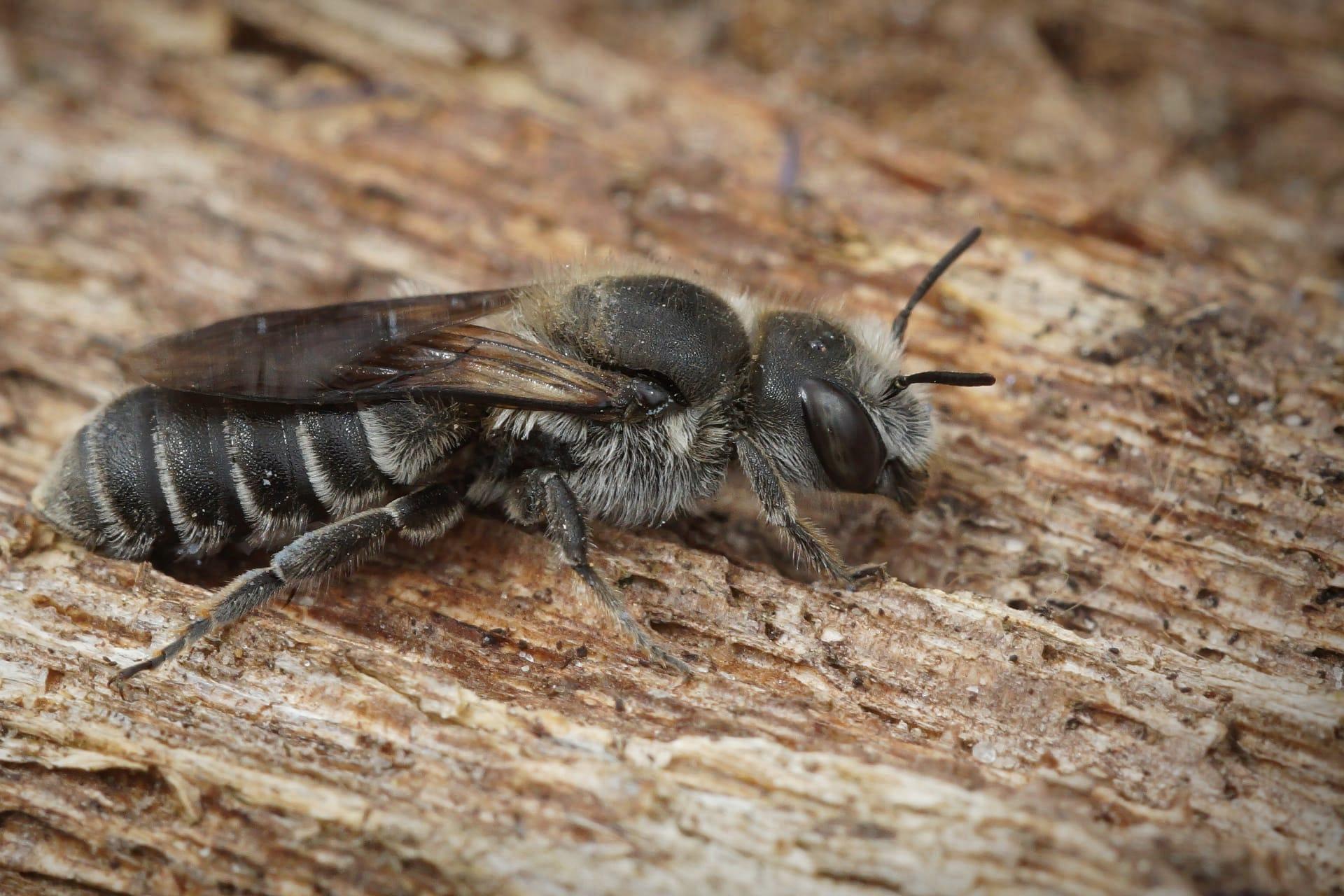1
Mason bees, known for their incredible pollinating abilities, can visit over 2,000 flowers in a single day. This impressive feat is not just about quantity; they are also much more efficient than honeybees in transferring pollen between flowers. One mason bee can do the pollination work equivalent to 100 honeybees. This efficiency makes them invaluable in ecosystems and agriculture, particularly in orchards.
Another fascinating aspect of mason bees is their nesting behavior. Unlike honeybees that build hives, mason bees are solitary and use pre-existing holes in wood or hollow stems to nest. They lay their eggs in these cavities, sealing each one with a mixture of mud, creating a unique pattern of mud plugs. This behavior not only showcases their adaptability but also their role in maintaining the ecological balance by not disturbing the existing structures in nature.

2
Mason bees display a remarkable adaptation to cold weather. Unlike many other bee species, they can fly and pollinate in temperatures as low as 54°F (12°C). This capability allows them to be active in early spring, giving them an advantage in pollinating early-blooming plants. Their ability to function in cooler weather significantly extends their pollination season and makes them crucial pollinators in varying climates.
When it comes to reproduction, mason bees have a unique approach. Female mason bees lay their eggs in a specific order within the nest: females first and males at the entrance. This strategic placement ensures that the males, which emerge first, are near the exit and can leave the nest easily to mate with females as they emerge. This fascinating reproductive strategy showcases their instinctual planning and contributes to the efficient continuation of their species.

3
Did you know that mason bees are among the most gentle bee species? They are known for their docile nature and are less likely to sting than many other bee species. This makes them particularly suitable for urban and suburban environments, where they can pollinate gardens and crops without posing a significant risk to humans. Their non-aggressive nature is a boon for bee enthusiasts and gardeners alike.
Mason bees also have a distinct foraging pattern. They tend to stay within a close range of their nests, usually not venturing more than 300 feet (about 100 meters) away. This localized foraging behavior means that they are excellent at pollinating specific areas thoroughly. It also makes them valuable in agricultural settings, especially in orchards or gardens, where targeted pollination is required.

4
An interesting fact about mason bees is their contribution to biodiversity. Being solitary bees, each female is a queen and has the ability to reproduce. This leads to a wide genetic diversity within the population, as each bee is not just a worker but a potential mother. This genetic diversity is crucial for the resilience and adaptability of the species to changing environments and challenges.
Mason bees also exhibit a unique way of carrying pollen. Unlike honeybees that use pollen baskets on their legs, mason bees carry pollen on the underside of their abdomen. This method is less tidy but more effective for pollination, as it allows for better transfer of pollen from flower to flower. This abdomen-carrying technique contributes to their status as superior pollinators, especially for certain types of plants like fruit trees.

5
Mason bees are also known for their speed and efficiency in pollination. They move quickly from flower to flower, spending as little as a few seconds on each. This rapid movement is not only fascinating to watch but also means they can cover more plants in less time, enhancing their role as effective pollinators.
Mason bees play a crucial role in sustainable agriculture. Due to their efficient pollination, they are increasingly being used as managed pollinators in orchards and gardens. Their use reduces the need for honeybee hives and supports biodiversity. This not only benefits the crops but also contributes to the overall health of the ecosystem, demonstrating the significant role these small but mighty pollinators play in our world.